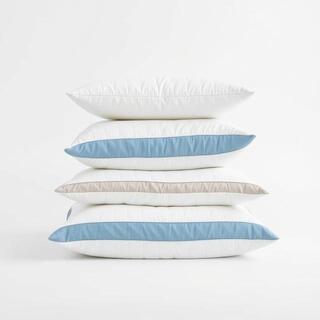
Pillow Family
Loft options for side/back/combination sleepers. Contour that lifts the neck, not just the head.
CATALOG
We build for India’s nights: airy covers, channelled cores, and stable edges. Scroll the ribbon to preview the families — pillows, mattresses, and add-ons.

Loft options for side/back/combination sleepers. Contour that lifts the neck, not just the head.
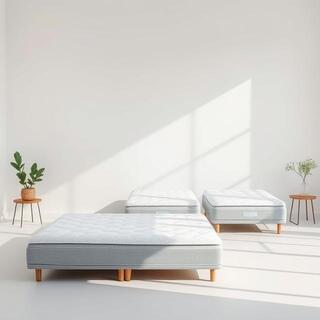
Zoned cores, calmer turns, steadier edges for sit-and-tie mornings.
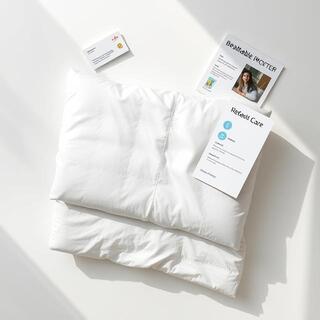
Protectors and covers that keep the feel consistent through seasons.
PILLOW LOFT
Use shoulder width + posture to choose. Adjust after a week once your body settles.
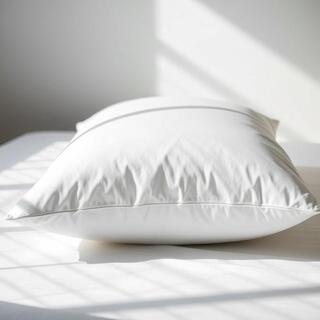
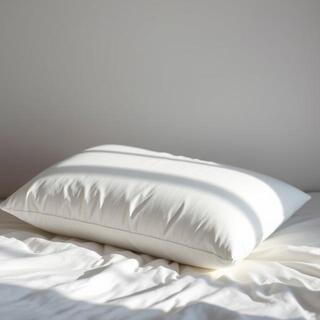
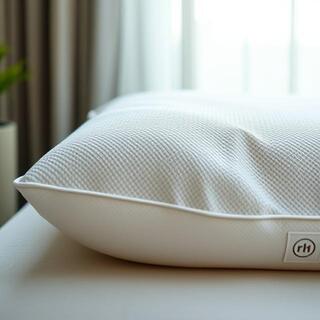
MATTRESS FEEL
All profiles use AirKnit covers; the difference is contour vs. pushback.
Deeper shoulder sink for pronounced side sleepers. Base layer prevents bottom-out.
Balanced contour and stability. Works across postures and pairs well with Medium loft pillows.
Flatter plane with quick response for back and stomach sleepers; minimizes lumbar sag.
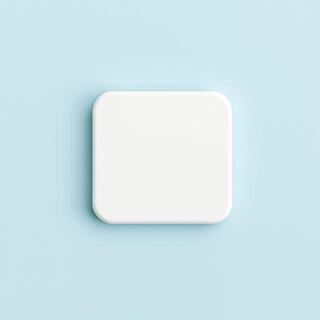
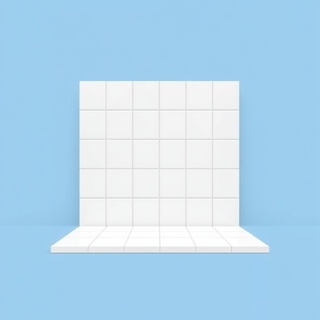
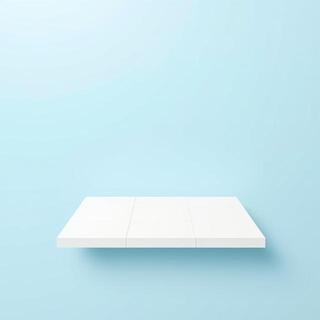
STABILITY
Reinforced rails keep the perimeter steady. Sit to tie your shoes, rotate at 3 AM, and step off the mattress without the rolling “cliff” feeling.


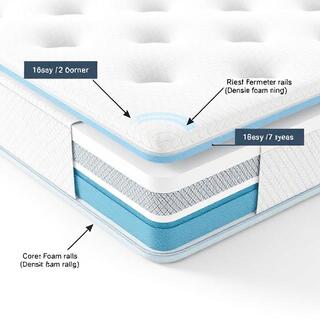
CLIMATE READY
AirKnit™ covers and channelled foams move air across the surface so humidity can’t pool along your skin.
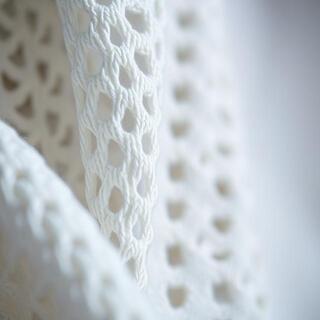
Moisture-wicking cover helps sweat evaporate instead of lingering.
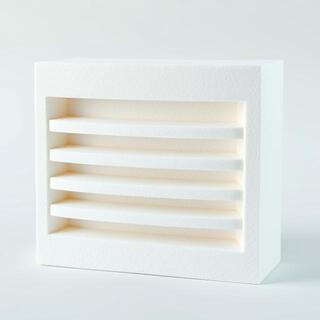
Routes air laterally for cooler shoulders and hips on humid nights.

Heatmap shows lower peaks after 30 minutes of resting contact.
Lower bar = drier feel along the skin.
FEATURED PICKS
Three balanced choices to begin: alignment, breathability, and everyday durability.
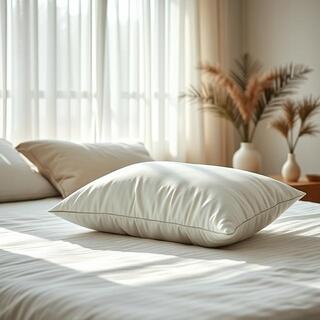
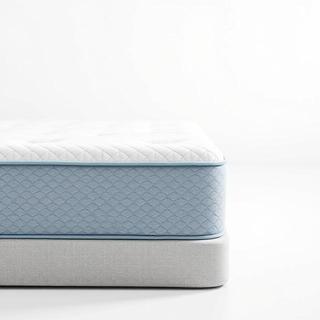
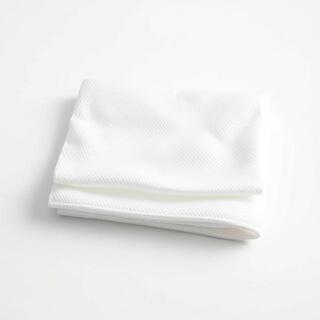
INSIDE THE BUILD
Each layer plays a role: surface comfort, pressure diffusion, structural stability. The outcome is calmer, longer sleep — without the “stuck” feeling.
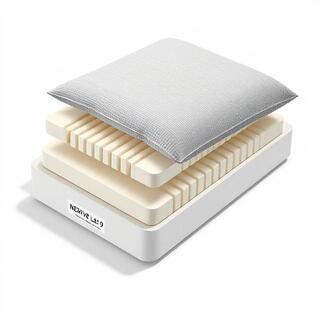

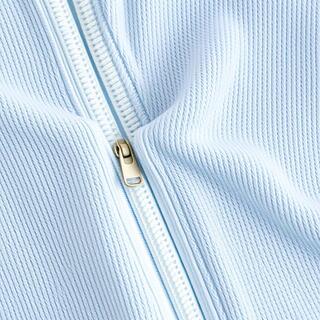
BUYING GUIDE
Nights here aren’t static: heat, humidity, ceiling fans, AC cycles, and monsoons all change how bedding feels. Use the framework below to get it right the first time.
Loft determines neck angle; feel controls how the rest of your spine behaves. If you mostly sleep on your side, start with Medium loft (10–11 cm). Back sleepers with narrow shoulders do better at Low loft (8–9 cm). Broad shoulders or deep side posture benefit from High loft (12–13 cm). Only after loft is comfortable should you adjust mattress feel: Soft for pronounced side posture, Medium for most, Firm for back and stomach sleepers.
A common mistake is chasing “plush” or “extra-firm” labels without checking neck position. Ten minutes of lying flat is not enough; give your body a week to adapt before making changes.
In coastal or monsoon regions, prioritize AirKnit covers and channelled foams. These keep the surface drier by moving moisture away from the skin. If you sleep with AC, avoid overly dense, non-breathable covers that trap cool dampness; choose quick-dry textiles instead.
Many people sit at the edge while dressing, tying shoes, or getting out of bed. Weak edges create a sliding, “cliff-like” sensation that wakes you up. Look for reinforced rails if you use the edge daily or share the bed.
AFTERCARE
Simple steps keep your setup fresh; clear terms back you up if something goes wrong.
Covers manufacturing defects in foams and stitching under normal use. Excludes damage from liquids, sharp objects, prolonged direct sun, or unauthorized alterations. Keep your proof of purchase.
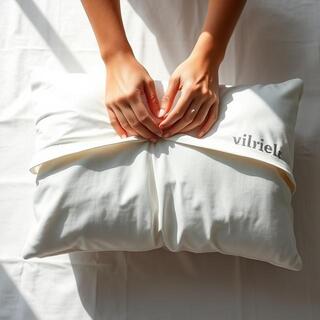
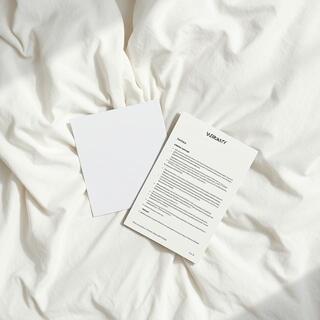
EVOLUTION
Sleep tech keeps moving: basic fill compacts, generic foams contour but trap heat, and modern orthopedic builds balance airflow, alignment, and edge stability.
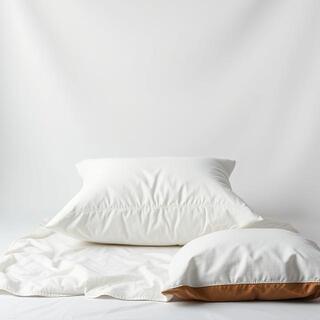
Shifts and clumps over time; needs frequent fluffing and gives inconsistent neck support.
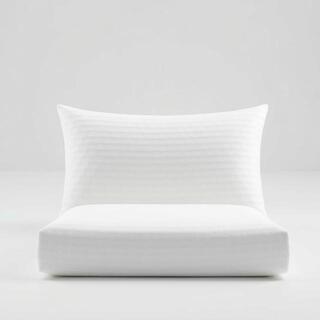
Contours but often dense and warm; edges feel loose; airflow depends on cover quality.
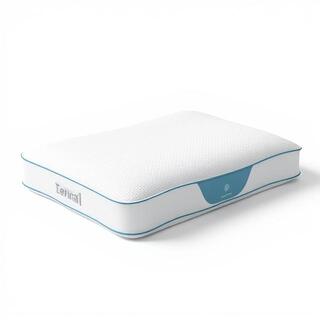
Zoned contour + AirKnit cover + reinforced edges for cooler, steadier, longer sleep.
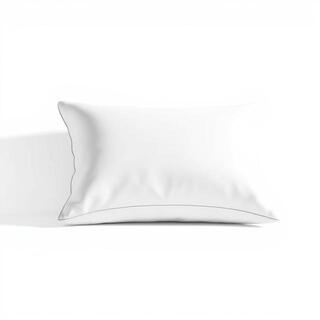
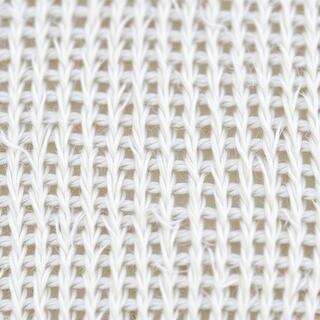
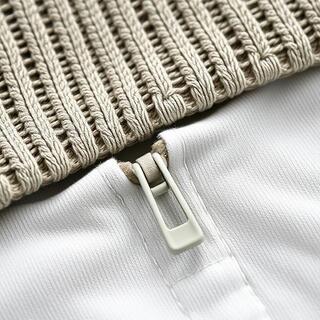
BUNDLE
Pick your pillow loft and optional add-ons. We’ll summarize the setup you’ll unbox.
Pillow loft
Add-ons
Low loft pillow. No add-ons yet.
Tip: add a breathable protector to keep the feel consistent through seasons.
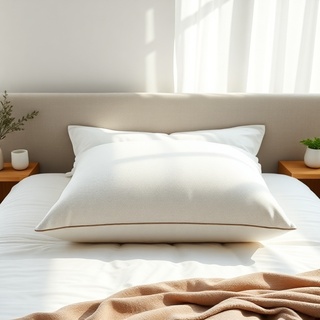
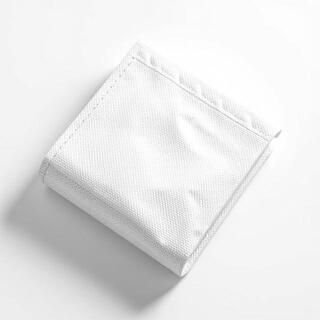
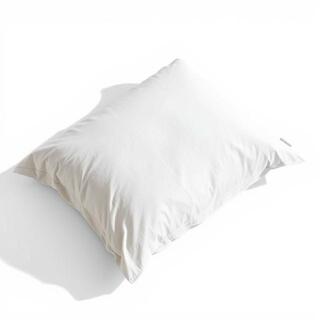
REAL ROOMS
Light, breathable, and easy to style — from compact studios to family bedrooms.
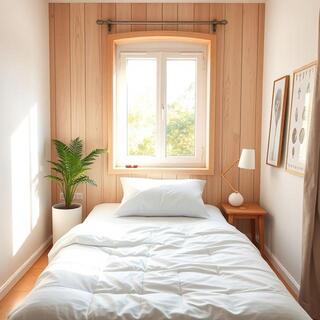
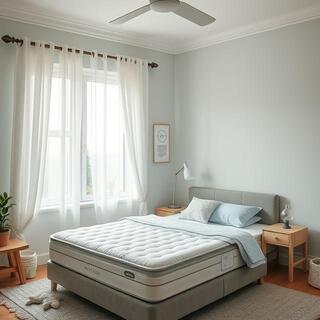

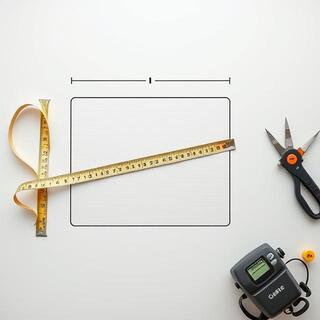
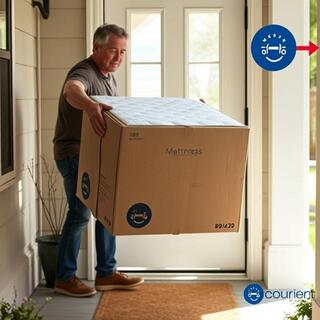

VOICES
Short takes from different postures and climates.

“Medium loft finally lets my shoulder drop without twisting my neck. I don’t hunt for cold spots anymore.”

“The edge is stable when I sit to lace up. Medium feel keeps my lower back quiet through the night.”

“Turns feel smaller. Waking up at 4 AM is rare now — the surface stays dry even on humid nights.”

AirKnit fabrics are chosen for skin friendliness and low pilling. Lots are tracked by batch so we can trace the exact roll used in production and maintain consistent feel over time.

Cutting patterns are optimized to reduce off-cuts; adhesives are kept minimal in contact areas. Off-cuts are repurposed as packaging inserts or recycled according to local rules.

Corrugated cartons and paper tape protect your products in transit. Pillows ship uncompressed; mattresses are sealed and boxed for easier handling and a smaller footprint.
FAQ
No chatbots or forms here — just the essentials distilled.
Most mattresses settle within 24–48 hours after unboxing. Sleep on it the first night — it will continue to open up.
Yes. A breathable protector keeps spills and dust out while letting the surface breathe — it preserves the feel and extends life.
Start with High loft (12–13 cm); if you also sleep on your back, test Medium for a week.
No. Rails reinforce the perimeter only; the sleep surface stays uniform across the middle zones.